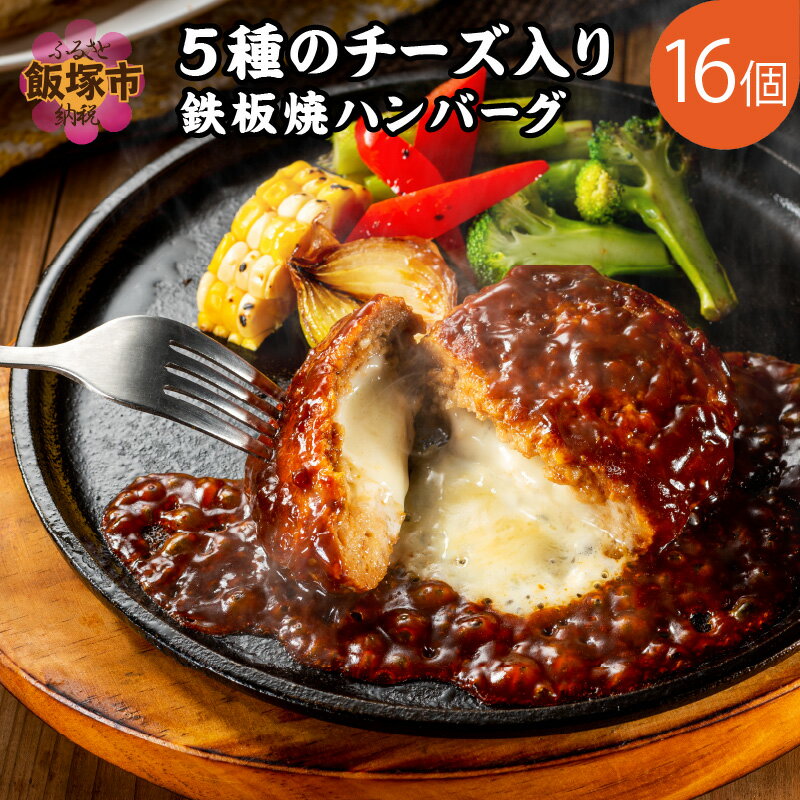論文No3724
PD-L1 overexpression induces STAT signaling and promotes the secretion of pro-angiogenic cytokines in non-small cell lung cancer (NSCLC)
A. Cavazzoni,G. Digiacomo,F. Volta,...R. Minari,P.G. Petronini,M. Tiseo
LUNG CANCER, VOLUME 187, 107438, JANUARY 2024.
<背景>
免疫チェックポイントPD-1/PD-L1を標的とするモノクローナル抗体(ICI)単独または化学療法との併用は、
進行非小細胞肺癌(NSCLC)の一次治療において適切な効果を示し、新たな標準治療を確立した。
しかしながら、PD-L1が高発現していてもICIが奏効しないNSCLC患者がかなりの割合で存在することから、
PD-L1の高発現に依存しうる細胞内抵抗性メカニズムの存在が浮き彫りになった。
腫瘍細胞においてPD-L1によって誘導される細胞内シグナル伝達と血管新生シグナル伝達経路との相関は、
まだ完全には解明されていない。
<研究方法>
PD-L1の本質的な役割は、まず、トランスクリプトーム・プロファイルとキナーゼ・アレイによって、
2つのPD-L1過剰発現NSCLC細胞で確認された。
PD-L1とVEGF、PECAM-1および血管新生との相関を、進行NSCLC患者のコホートにおいて評価した。
腫瘍の血管新生に関与する分泌サイトカインをLuminexアッセイで評価し、
Huvecの遊走に及ぼす影響を非接触共培養システムで評価した。
<結果>
PD-L1過剰発現細胞は、腫瘍の炎症およびJAK-STATシグナル伝達に関与する経路を調節した。
NSCLC患者では、PD-L1発現は腫瘍内血管の高発現と相関していた。
PBMCと反応させると、PD-L1過剰発現細胞はSTATシグナル活性化の結果として、
親細胞と比較して高レベルの血管新生促進因子を産生した。
この腫瘍血管新生に関与するサイトカインの産生増加は、Huvecの遊走を大きく刺激した。
最後に、抗血管新生剤ニンテダニブの添加は、
高レベルの血管新生促進因子に曝されたHuvec細胞の移動を有意に抑制した。
<結論>
本研究では、高濃度のPD-L1がPBMC存在下でSTATシグナル伝達を調節し、
血管新生促進因子の分泌を誘導することを報告した。
このことは、T細胞活性の阻害因子として、また腫瘍血管新生の促進因子として、
腫瘍の進行を刺激する腫瘍微小環境の重要な制御因子としてのPD-L1の役割を強化する可能性がある。
Background
Monoclonal antibodies (ICI) targeting the immune checkpoint PD-1/PD-L1 alone or in combination with chemotherapy have demonstrated relevant benefits and established new standards of care in first-line treatment for advanced non-oncogene addicted non-small cell lung cancer (NSCLC).
However, a relevant percentage of NSCLC patients, even with high PD-L1 expression, did not respond to ICI, highlighting the presence of intracellular resistance mechanisms that could be dependent on high PD-L1 levels. The intracellular signaling induced by PD-L1 in tumor cells and their correlation with angiogenic signaling pathways are not yet fully elucidated.
Methods
The intrinsic role of PD-L1 was initially checked in two PD-L1 overexpressing NSCLC cells by transcriptome profile and kinase array. The correlation of PD-L1 with VEGF, PECAM-1, and angiogenesis was evaluated in a cohort of advanced NSCLC patients. The secreted cytokines involved in tumor angiogenesis were assessed by Luminex assay and their effect on Huvec migration by a non-contact co-culture system.
Results
PD-L1 overexpressing cells modulated pathways involved in tumor inflammation and JAK-STAT signaling. In NSCLC patients, PD-L1 expression was correlated with high tumor intra-vasculature. When challenged with PBMC, PD-L1 overexpressing cells produced higher levels of pro-angiogenic factors compared to parental cells, as a consequence of STAT signaling activation. This increased production of cytokines involved in tumor angiogenesis largely stimulated Huvec migration. Finally, the addition of the anti-antiangiogenic agent nintedanib significantly reduced the spread of Huvec cells when exposed to high levels of pro-angiogenic factors.
Conclusions
In this study, we reported that high PD-L1 modulates STAT signaling in the presence of PBMC and induces pro-angiogenic factor secretion. This could enforce the role of PD-L1 as a crucial regulator of the tumor microenvironment stimulating tumor progression, both as an inhibitor of T-cell activity and as a promoter of tumor angiogenesis.


